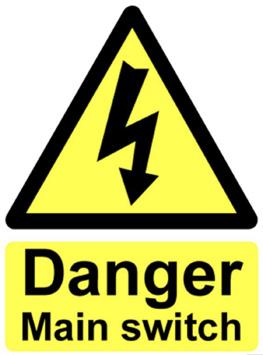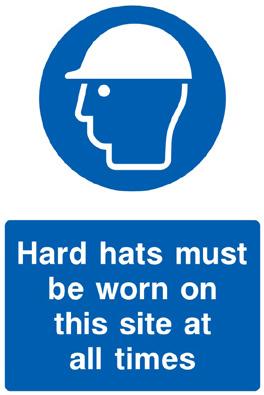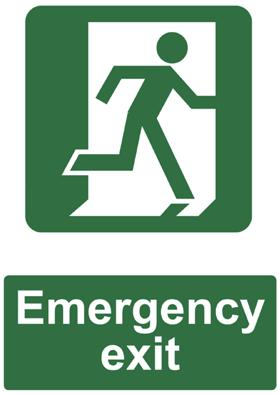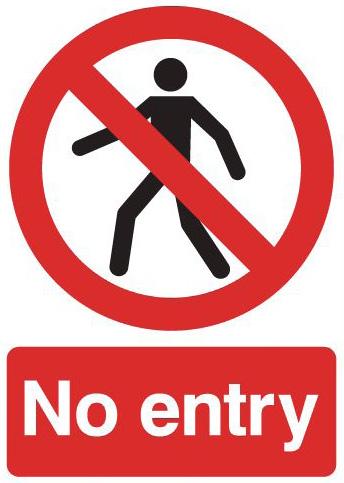
1 minute read
Prickett’s new role
Alan Prickett has been promoted to the new role of sales director at Iseki UK & Ireland.
He reports to managing director David Withers, while sales managers Phil Self, John Clifford and Andrew Donnachie report to him. Graham Hooper, commercial manager, also reports to Alan, who is also responsible for export business.
Advertisement
Phil, who was focused on the ADDAX and Raymo electric range, now sells all products including Iseki, and has taken over Alan’s dealership area of North Wales, Midlands, East and North England. John and Andrew are continuing with their roles but have added Raymo and ADDAX to their sales portfolios.
“We believe that this will strengthen our position, allow for further growth and expansion and look forward to what 2023 brings,” David said.
SAFETY
DO YOU KNOW your safety signs?
Safety signs must be provided if there is a significant risk that cannot otherwise be controlled. What are the different types of signs and what do you need to know about them?
Why are signs needed?
It is important to use signage and labels in order to maintain health and safety standards, and to inform, educate, and protect people. By using a sign, the safety message is conveyed to everyone in a diverse workplace, regardless of language barriers.
Tip: The presence of safety signs does not have to be compulsory if they will not reduce the risk, or if it is not significant. However, some fire safety signs may be required to be displayed under separate legal provisions.
When and where to use signs?
Your risk assessments should specify the locations where signage is required.
the visual messages you convey, be clear and concise.
The four basic signs
● The prohibition symbols, such as ‘No Smoking’, provide information about dangerous behaviour/activities. It has a round form, and either a white backdrop with a black symbol on it, or a red border with a red diagonal line.
● A warning sign advises you to exercise caution, take safety measures, and warns of potential dangers. It has a triangle-shaped design, a black pictogram with a yellow background and a black border. e.g. ‘Wet Floor’.

● A mandatory sign informs you about a specific behaviour or action. It is always round in shape with a white pictogram on a blue background, eg ‘PPE’.

● Safety locations, such as fire exits, are shown on emergency signs. With a white symbol on a green backdrop, they are either rectangular or square in shape.











